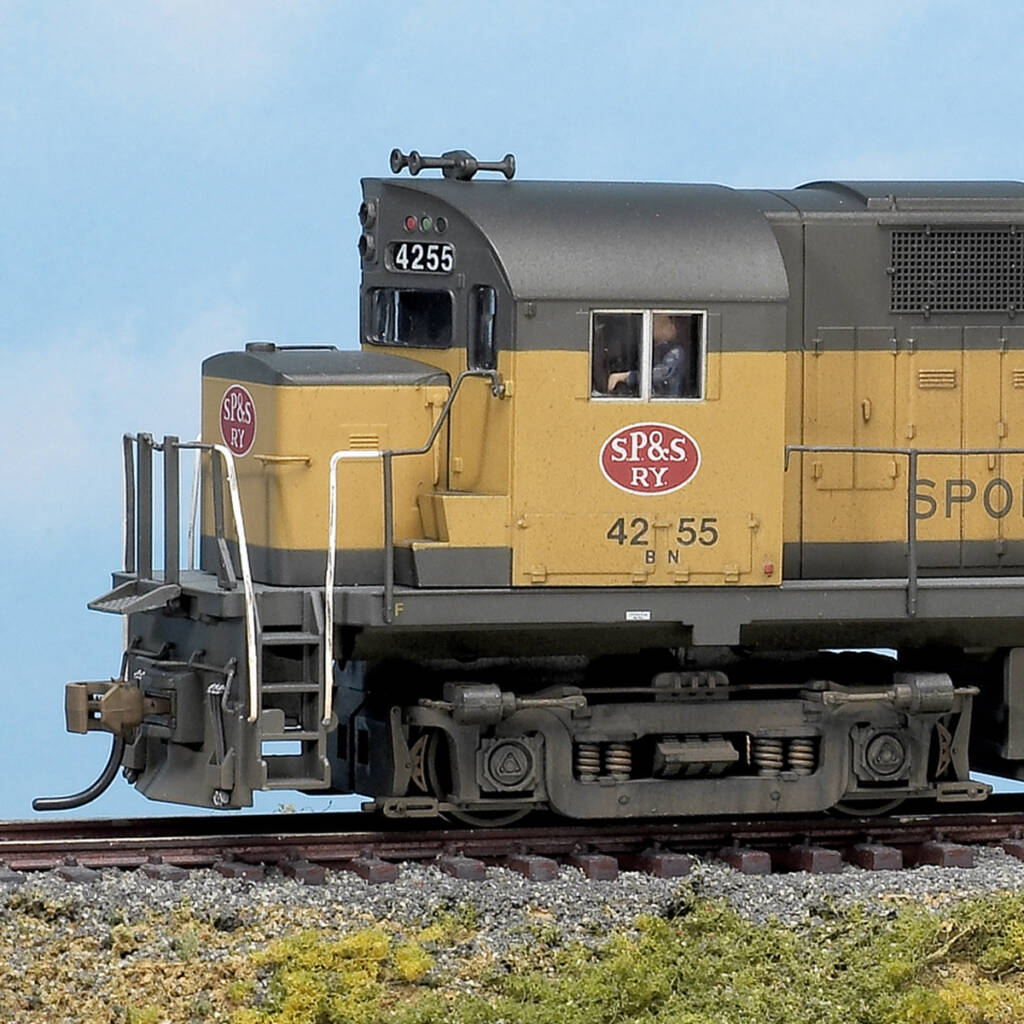
The Burlington Northern RR began operations in March 1970, the product of a merger between the Chicago, Burlington & Quincy; Great Northern; Northern Pacific; and Spokane, Portland & Seattle. It was also the railroad I grew up with in Crookston, Minn., my hometown in northwest Minnesota. For many years, I’ve been researching the early years […]
Read More…
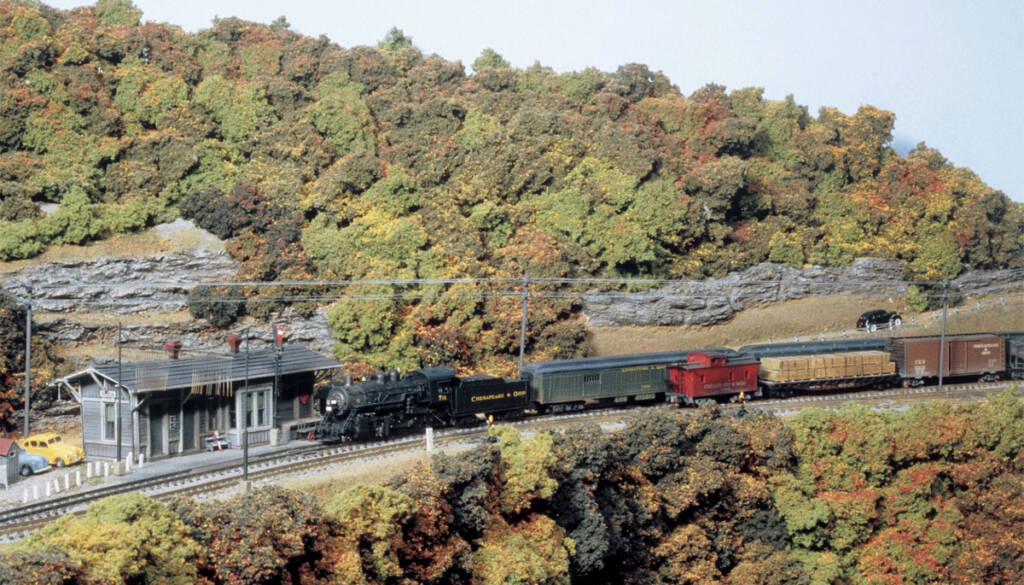
When I first started work on my layout, I built wood and plastic structure kits. I quickly grew frustrated with these buildings as few of them represented those found in Appalachia and along the Chesapeake & Ohio. Considering the lack of accurate building available on the marktet, I began scratchbuilding my own structures from wood […]
Read More…
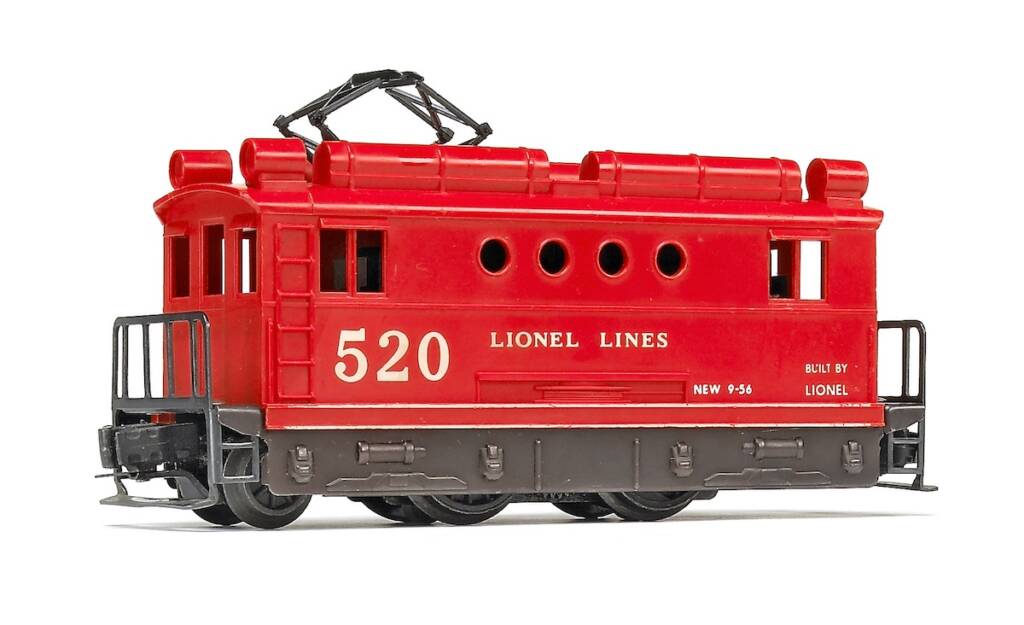
Lionel’s No. 520 Lionel Lines Boxcab Electric stands out among other postwar O-27 locomotives because there is so much about it that’s different from what you find on other models from that celebrated era of production. The 520 is far from scarce and so is commonly overlooked by avid collectors and operators of postwar trains. […]
Read More…
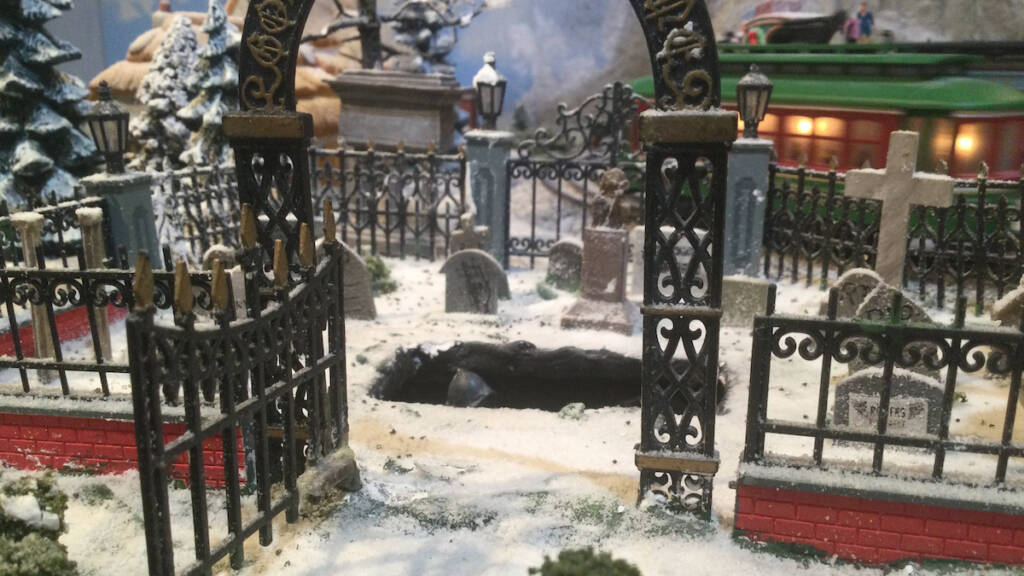
I enjoy animating scenes on my O gauge layout, and have come across a great way to get slower, more-precise realistic action: using servos. A servomotor, or servo, is a small, inexpensive device that provides control over the position, speed, and acceleration of a mechanical system. The device is readily available, easy to program, and […]
Read More…
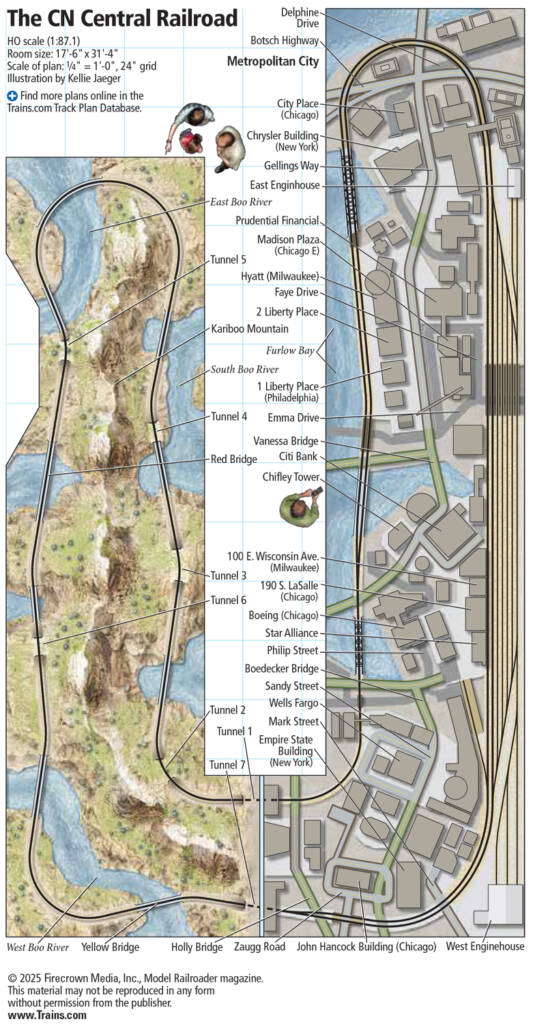
Facts and features Name: The CN Central RR Scale: HO (1:87.1) Size: 17′-6″ x 31′-4″ Prototype: Canadian National, CN Central Locale: Wisconsin and Canada Era: 2010 to the Present Style: island walkaround Mainline run: 125′-6″ Minimum radius: 24″ Minimum turnout: No. 6 Maximum grade: none Benchwork: Open grid box frame around door slabs, folding steel […]
Read More…
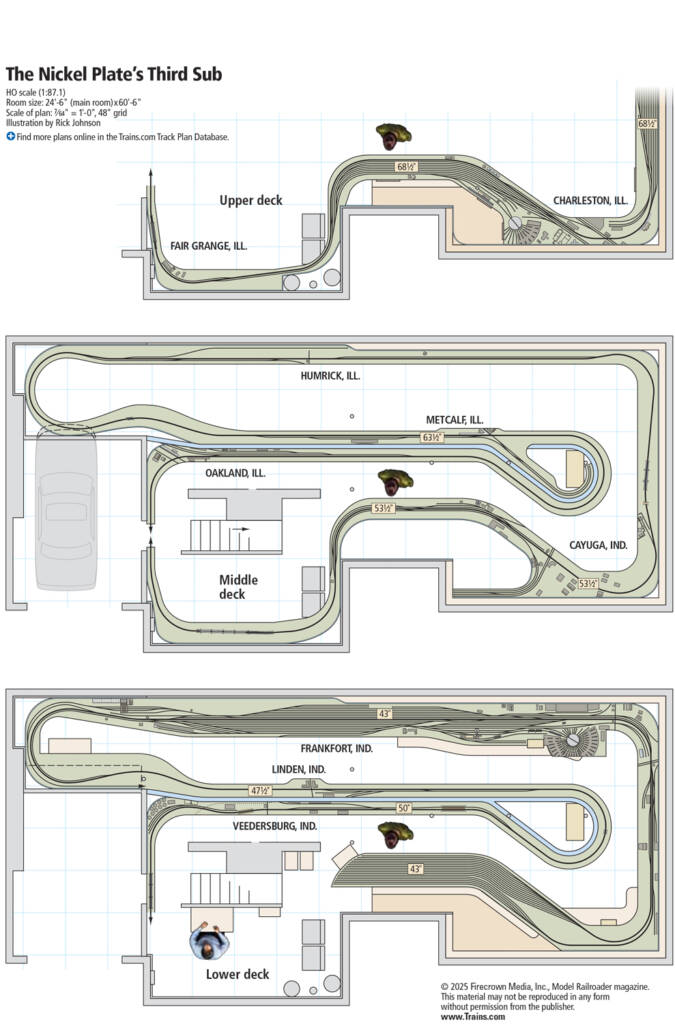
Facts and features Name: Nickel Plate Road, St. Louis Division, Third Sub. Scale: HO (1:87) Size: 24′-6″ x 60′-6″ Prototype: Nickel Plate Road Locale: west-central Indiana, east-central Illinois Era: fall 1954 Style: multi-deck Mainline run: 500 feet Minimum radius: 42″ Minimum turnout: No. 6 (yard), No. 8 (main) Maximum grade: 1.5 percent Benchwork: open grid; […]
Read More…
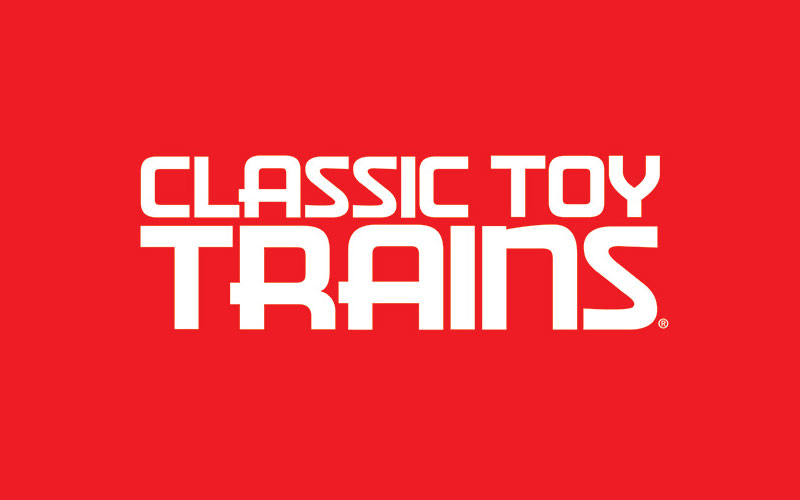
Thanks for the list of sources for parts in the Fall 2025 issue of CTT. I have nine prewar and postwar engines awaiting attention; I’ll need parts for some of them, and your list will be invaluable. But some sources don’t do searches for parts, which raises the question: Where do we find part numbers? […]
Read More…
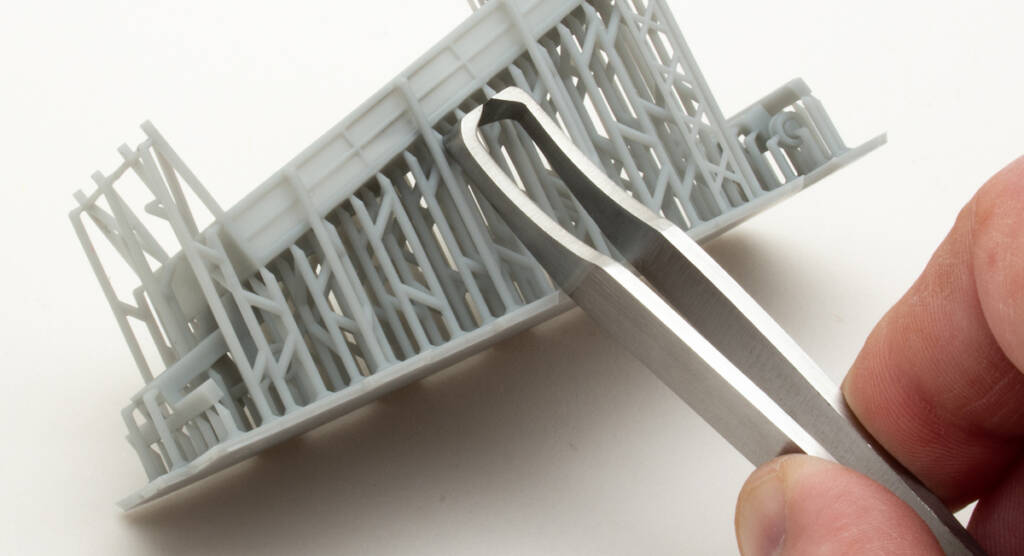
Q: I’m excited by all the new 3D-printed figures and details that have become available. Lately, however, I’ve received some figures that are still attached to the support structure. I work in HO scale, and I’m not sure how to safely remove all this material without damaging the details or figures. Do you have any […]
Read More…
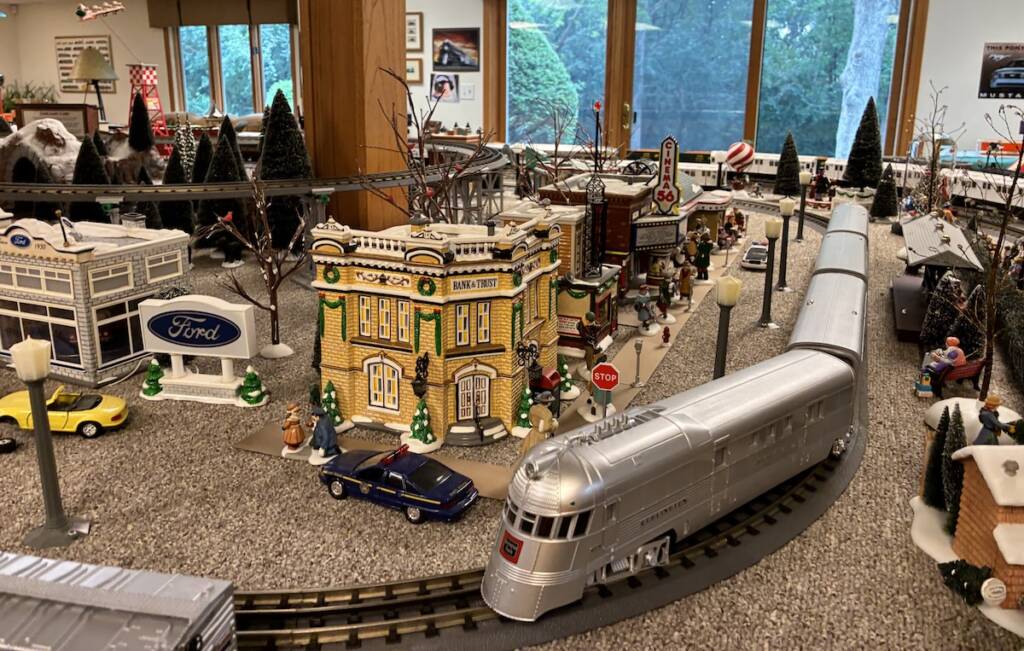
Frank Cerauli built the magnificent 15 x 30-foot O gauge layout that fills part of his home on dreams. In that important respect, he hardly differs from so many of the creative and hard-working men and women who derive great satisfaction and pleasure from operating miniature trains, whether they be toys or scale replicas. To […]
Read More…
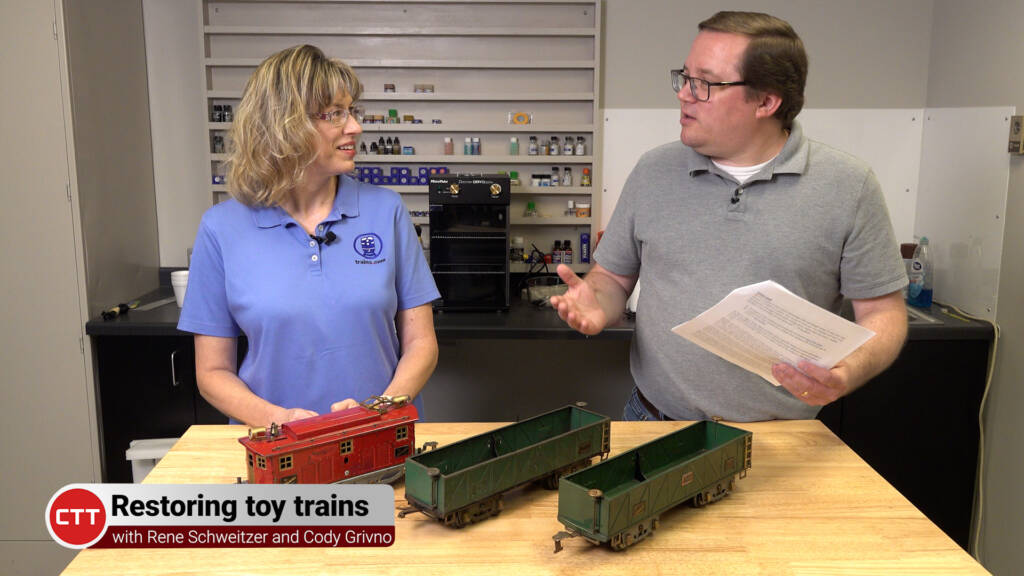
Join Classic Toy Trains Editor Rene Schweitzer and Model Railroader Senior Editor Cody Grivno as they share essential tips for restoring a vintage toy train. They address a viewer’s request for help with his father’s old Ives train set, which is in poor condition with bent metal, rust, and poor paint. Their discussion covers key […]
Read More…

My son was quite proud of the Lionel FT diesel (No. 2334110) he purchased for me as a birthday gift. Unfortunately, the newer locomotive is LionChief, which needs a constant 18 volts of DC (Direct Current), with the center rail being positive. My layout was exclusively AC (Alternating Current). Here’s what I did to be […]
Read More…
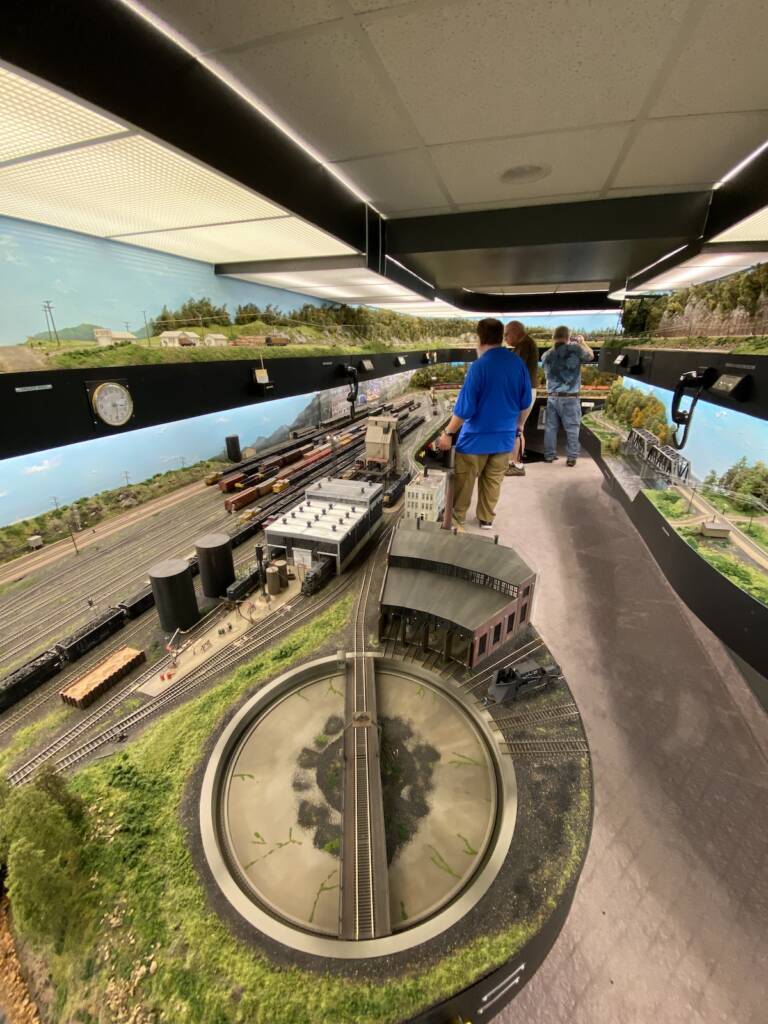
Open houses, whether at model railroad clubs or private home layouts, offer fantastic opportunities to connect with fellow modelers and share the hobby. It’s also a joy to see what makes a layout tick and how one differs from another. While hosting an open house requires careful planning — as Arlan Tietel thoroughly explains in […]
Read More…












